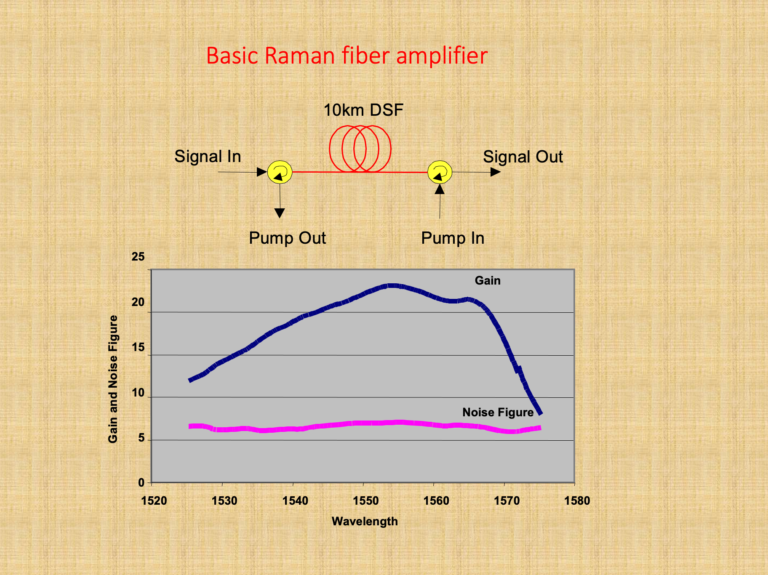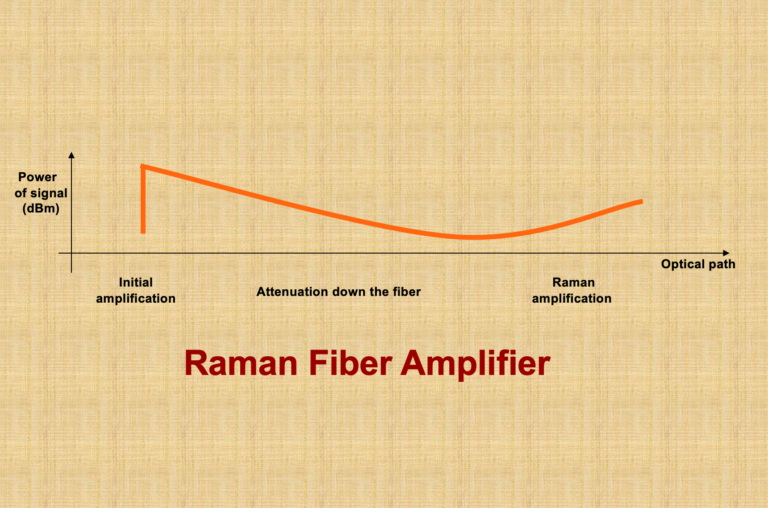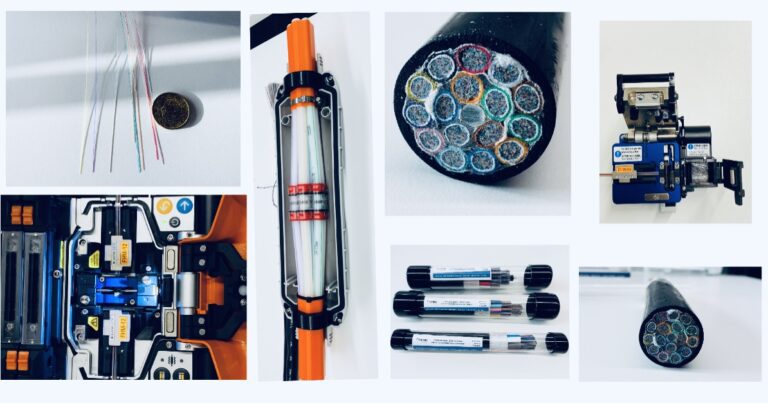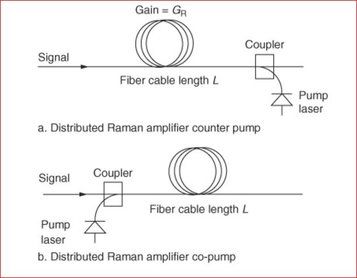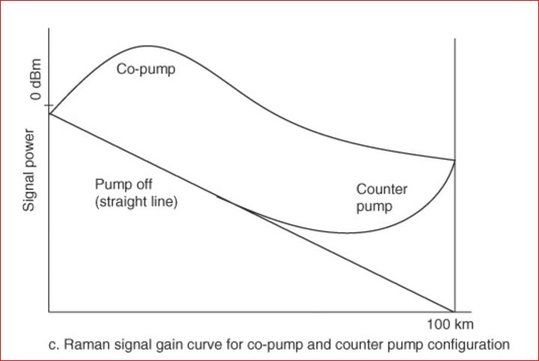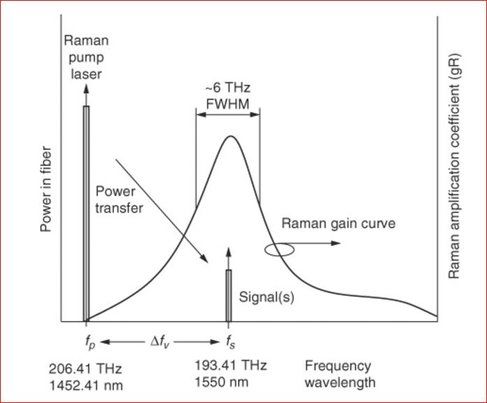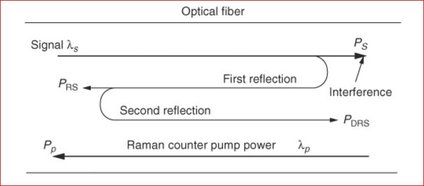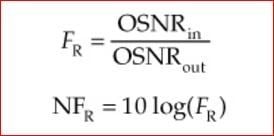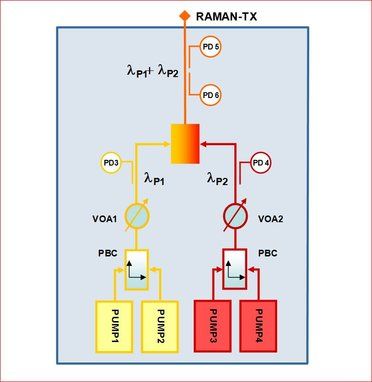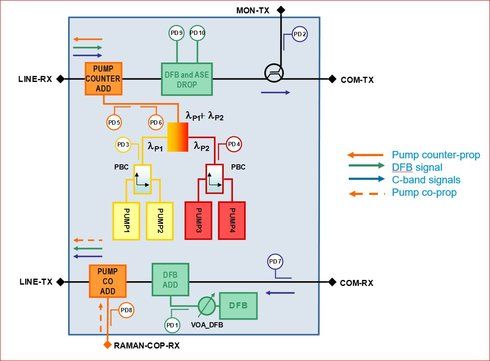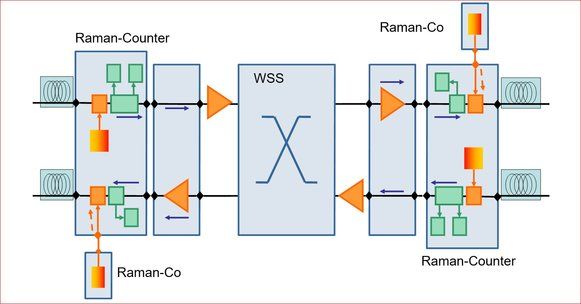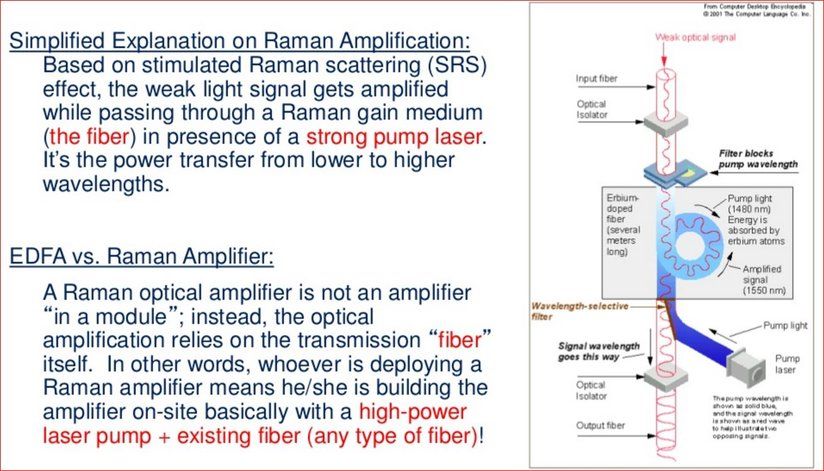In the context of Raman amplifiers, the noise figure is typically not negative. However, when comparing Raman amplifiers to other amplifiers, such as erbium-doped fiber amplifiers (EDFAs), the effective noise figure may appear to be negative due to the distributed nature of the Raman gain.
The noise figure (NF) is a parameter that describes the degradation of the signal-to-noise ratio (SNR) as the signal passes through a system or device. A higher noise figure indicates a greater degradation of the SNR, while a lower noise figure indicates better performance.
In Raman amplification, the gain is distributed along the transmission fiber, as opposed to being localized at specific points, like in an EDFA. This distributed gain reduces the peak power of the optical signals and the accumulation of noise along the transmission path. As a result, the noise performance of a Raman amplifier can be better than that of an EDFA.
When comparing Raman amplifiers with EDFAs, it is sometimes possible to achieve an effective noise figure that is lower than that of the EDFA. In this case, the difference in noise figure between the Raman amplifier and the EDFA may be considered “negative.” However, this does not mean that the Raman amplifier itself has a negative noise figure; rather, it indicates that the Raman amplifier provides better noise performance compared to the EDFA.
In conclusion, a Raman amplifier itself does not have a negative noise figure. However, when comparing its noise performance to other amplifiers, such as EDFAs, the difference in noise figure may appear to be negative due to the superior noise performance of the Raman amplifier.
To better illustrate the concept of an “effective negative noise figure” in the context of Raman amplifiers, let’s consider an example comparing a Raman amplifier with an EDFA.
Suppose we have a fiber-optic communication system with the following parameters:
- Signal wavelength: 1550 nm
- Raman pump wavelength: 1450 nm
- Transmission fiber length: 100 km
- Total signal attenuation: 20 dB
- EDFA noise figure: 4 dB
Now, we introduce a Raman amplifier into the system to provide distributed gain along the transmission fiber. Due to the distributed nature of the Raman gain, the accumulation of noise is reduced, and the noise performance is improved.
Let’s assume that the Raman amplifier has an effective noise figure of 1 dB. When comparing the noise performance of the Raman amplifier with the EDFA, we can calculate the difference in noise figure:
Difference in noise figure = Raman amplifier noise figure – EDFA noise figure = 1 dB – 4 dB = -3 dB
In this example, the difference in noise figure is -3 dB, which may be interpreted as an “effective negative noise figure.” It is important to note that the Raman amplifier itself does not have a negative noise figure. The negative value simply represents a superior noise performance when compared to the EDFA.
This example demonstrates that the effective noise figure of a Raman amplifier can be lower than that of an EDFA, resulting in better noise performance and an improved signal-to-noise ratio for the overall system.
The example highlights the advantages of using Raman amplifiers in optical communication systems, especially when it comes to noise performance. In addition to the improved noise performance, there are several other benefits associated with Raman amplifiers:
- Broad gain bandwidth: Raman amplifiers can provide gain over a wide range of wavelengths, typically up to 100 nm or more, depending on the pump laser configuration and fiber properties. This makes Raman amplifiers well-suited for dense wavelength division multiplexing (DWDM) systems.
- Distributed gain: As previously mentioned, Raman amplifiers provide distributed gain along the transmission fiber. This feature helps to mitigate nonlinear effects, such as self-phase modulation and cross-phase modulation, which can degrade the signal quality and limit the transmission distance.
- Compatibility with other optical amplifiers: Raman amplifiers can be used in combination with other optical amplifiers, such as EDFAs, to optimize system performance by leveraging the advantages of each amplifier type.
- Flexibility: The performance of Raman amplifiers can be tuned by adjusting the pump laser power, wavelength, and configuration (e.g., co-propagating or counter-propagating). This flexibility allows for the optimization of system performance based on specific network requirements.
As optical communication systems continue to evolve, Raman amplifiers will likely play a significant role in addressing the challenges associated with increasing data rates, transmission distances, and network capacity. Ongoing research and development efforts aim to further improve the performance of Raman amplifiers, reduce costs, and integrate them with emerging technologies, such as software-defined networking (SDN), to enable more intelligent and adaptive optical networks.

